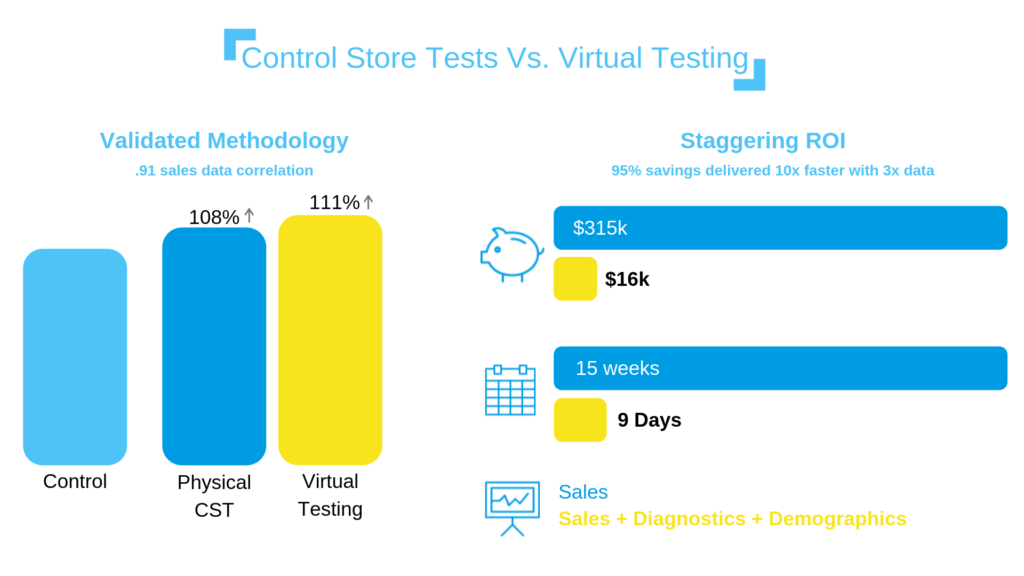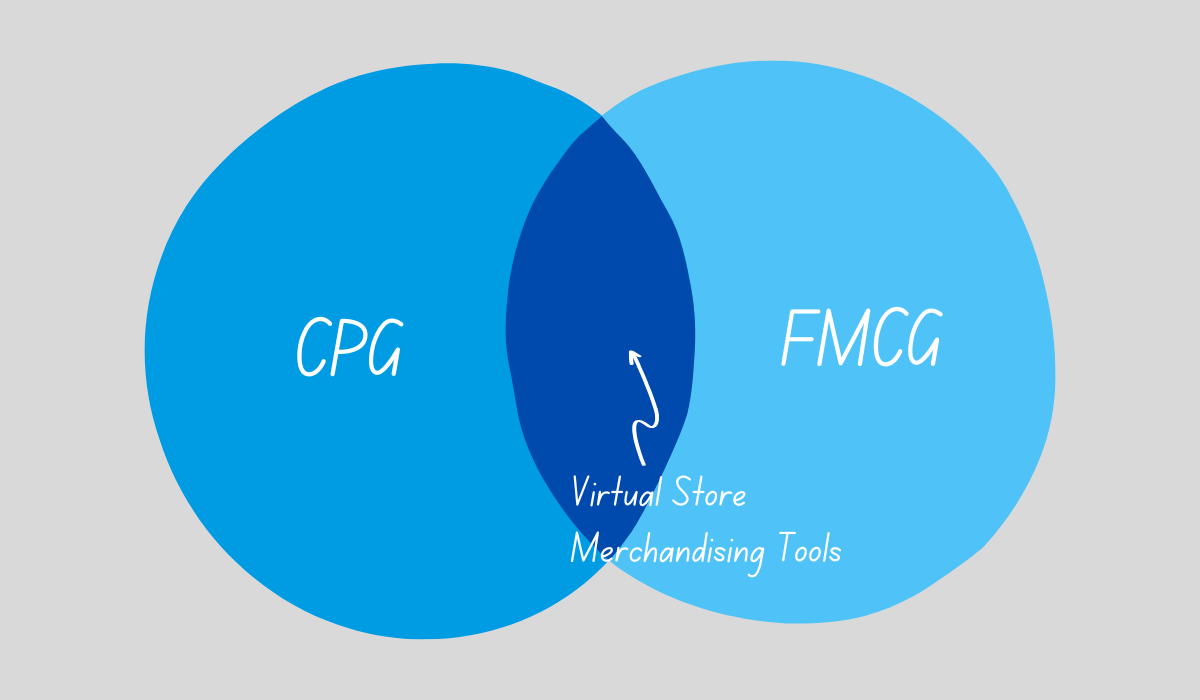Today’s responsibilities as a category management professional
have never been so expansive. As Professor
Janet Hartley told the told attendees at the Institute for Supply
Management (ISM) conference in April, category management is a “really
interesting mix of skills… You need someone who’s analytical, as well as
someone who is creative and entrepreneurial.”
Category managers are simultaneously tasked with managing strategy, analytics, space planning, budget and vendor relationships, often with limited resources. Plus, they need to keep an eye on industry trends and stay ahead of changing shopper behaviors.
And they need to move quickly.
For these reasons, most category managers are inventive
and tech-savvy. So it makes sense that they leverage tools that will make them
more efficient, allow them to experiment, and inevitably help them make
profitable decisions designed around the Four P’s—price, placement, product and
promotion.
A Fast, Accurate Approach
In one real-life scenario, a category manager was conducting a review for the cereal aisle. She wanted to customize the shelves based on a different approach for the retailer. So first, she wanted to get feedback on whether or not the change would make a positive difference.

However—testing with a focus group would have taken far too long, and been much too expensive. An in-store test can take three to six months, and would have run the risk of showing her hand to competitors. And simply relying on historical data meant compromising on accuracy.
By running a virtual store test using 3D simulations, the category manager was able to:
- Get a thorough understanding of how the concept would fair with shoppers
- Get feedback in less than 2 weeks
- Cut the cost of $350,000 in labor and resources down to $16,000
The test was then validated 15 weeks later with a physical in-store evaluation. The virtual test correlated extremely closely with the in-store test at .96. And leveraging virtual technology also has another perk for category managers: it allows for both attitudinal and behavioral shopper data, something that’s hard if not impossible to accurately mine from a traditional store tests or surveys.
The ability to test and experiment with new concepts in a risk-free space means virtual is a no-brainer when it comes to the adoption of innovative technology in category management.




